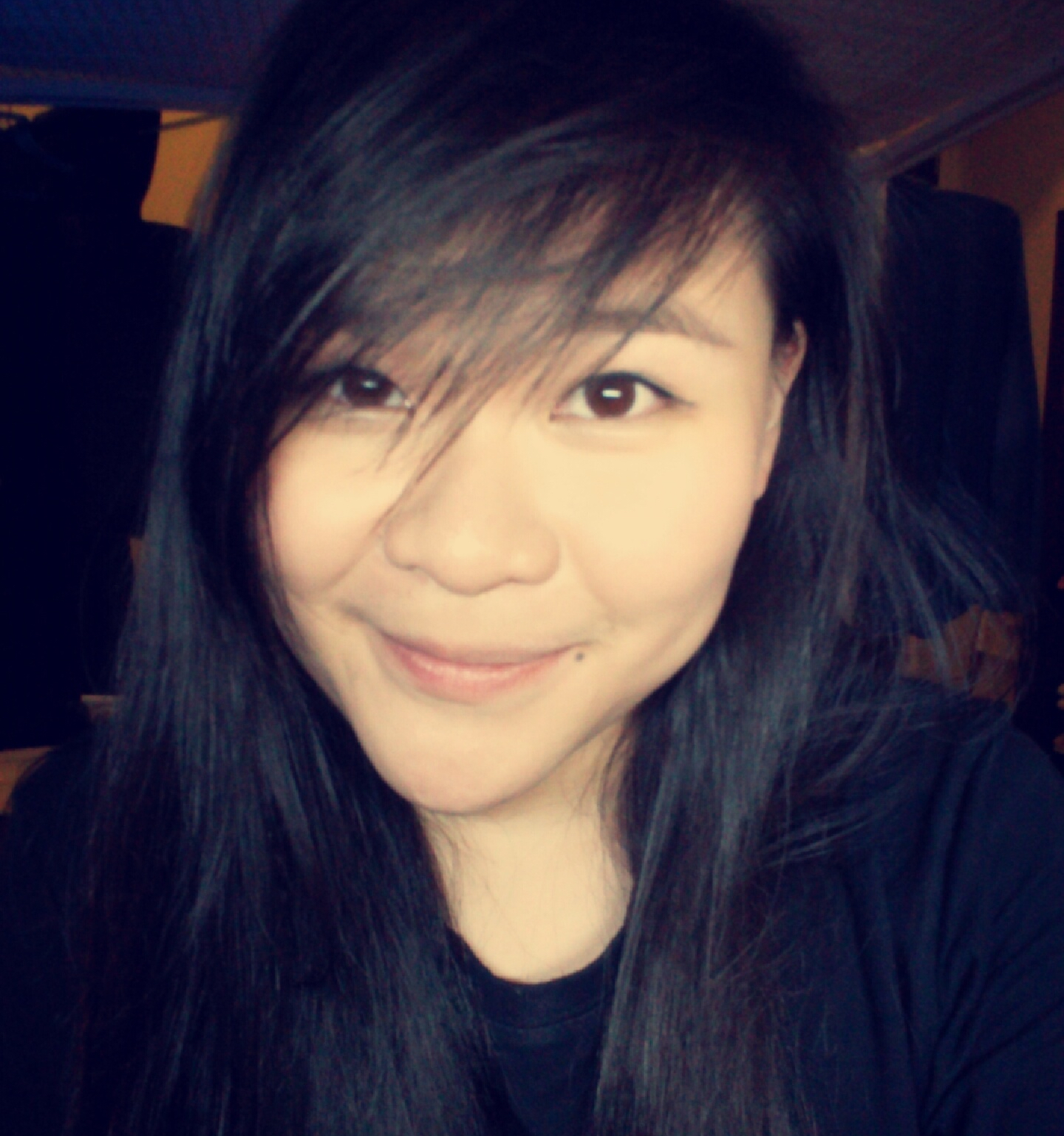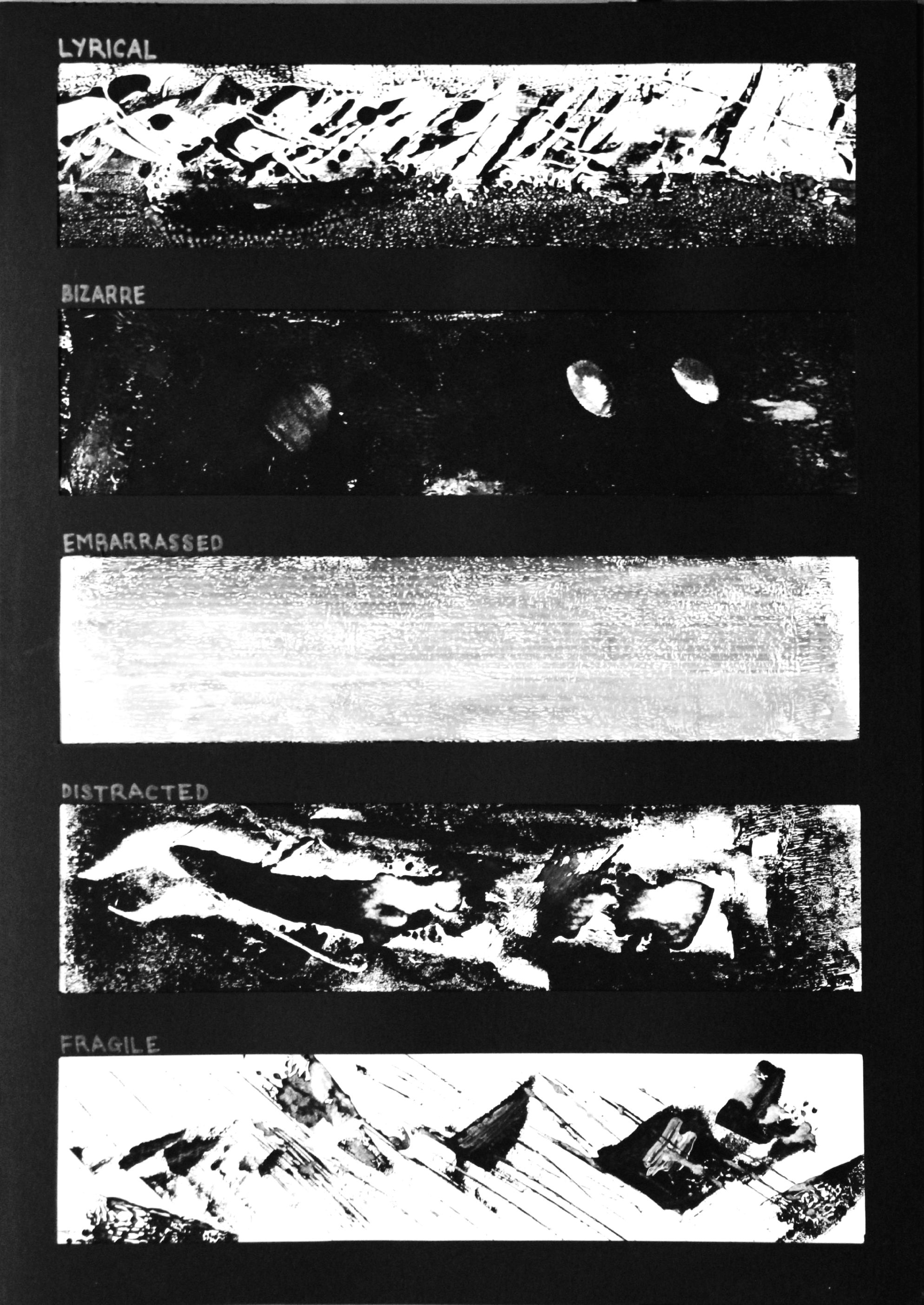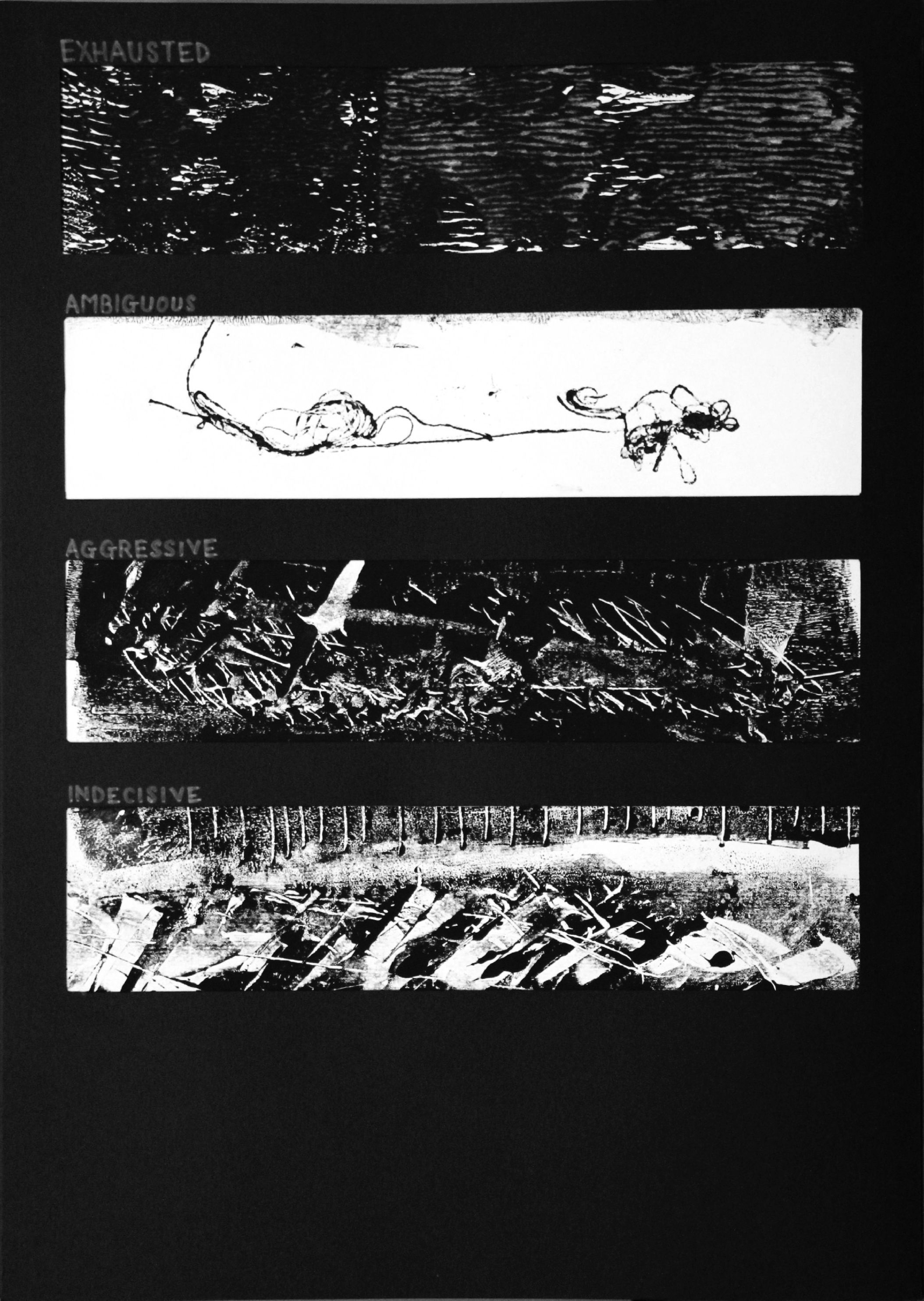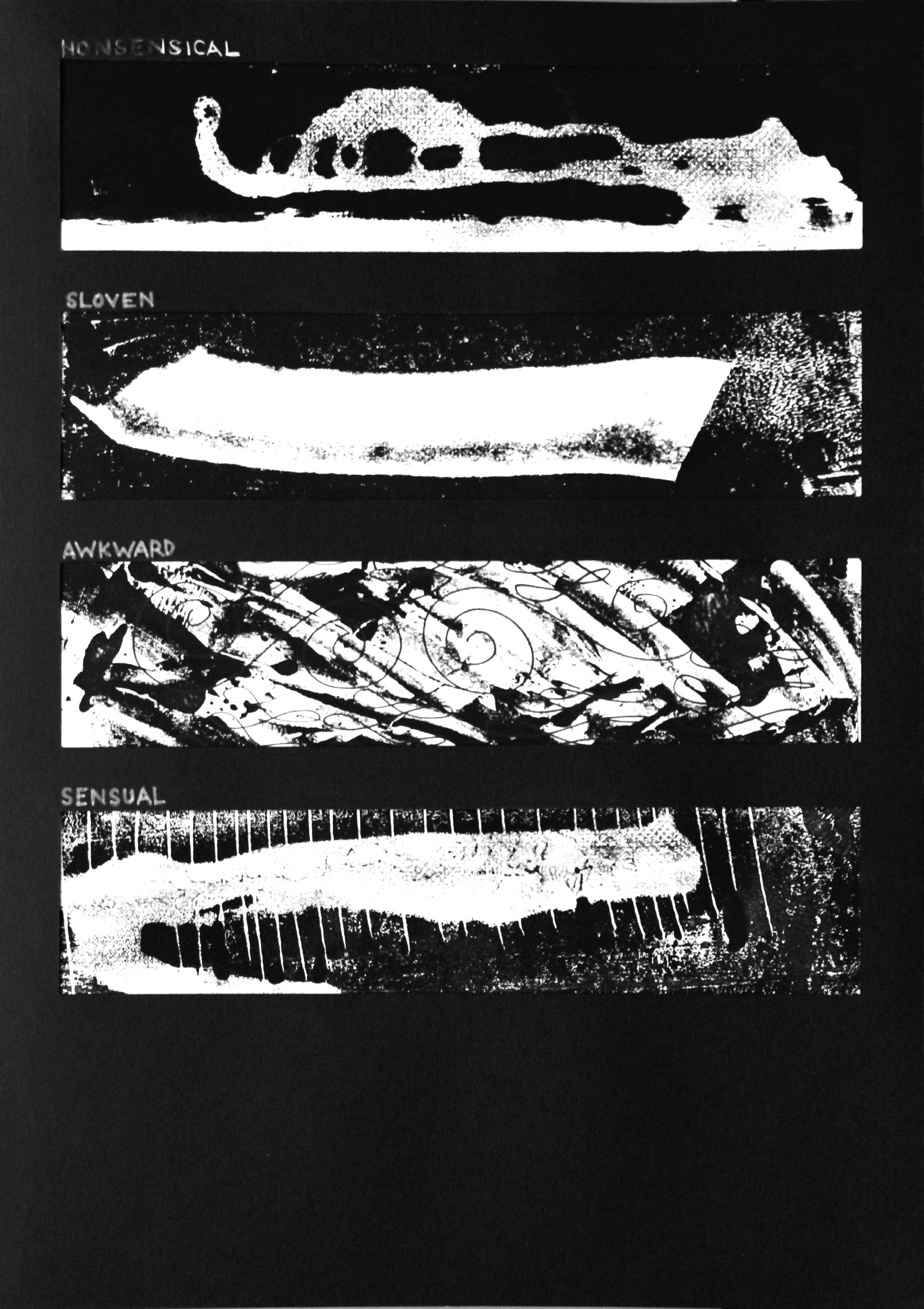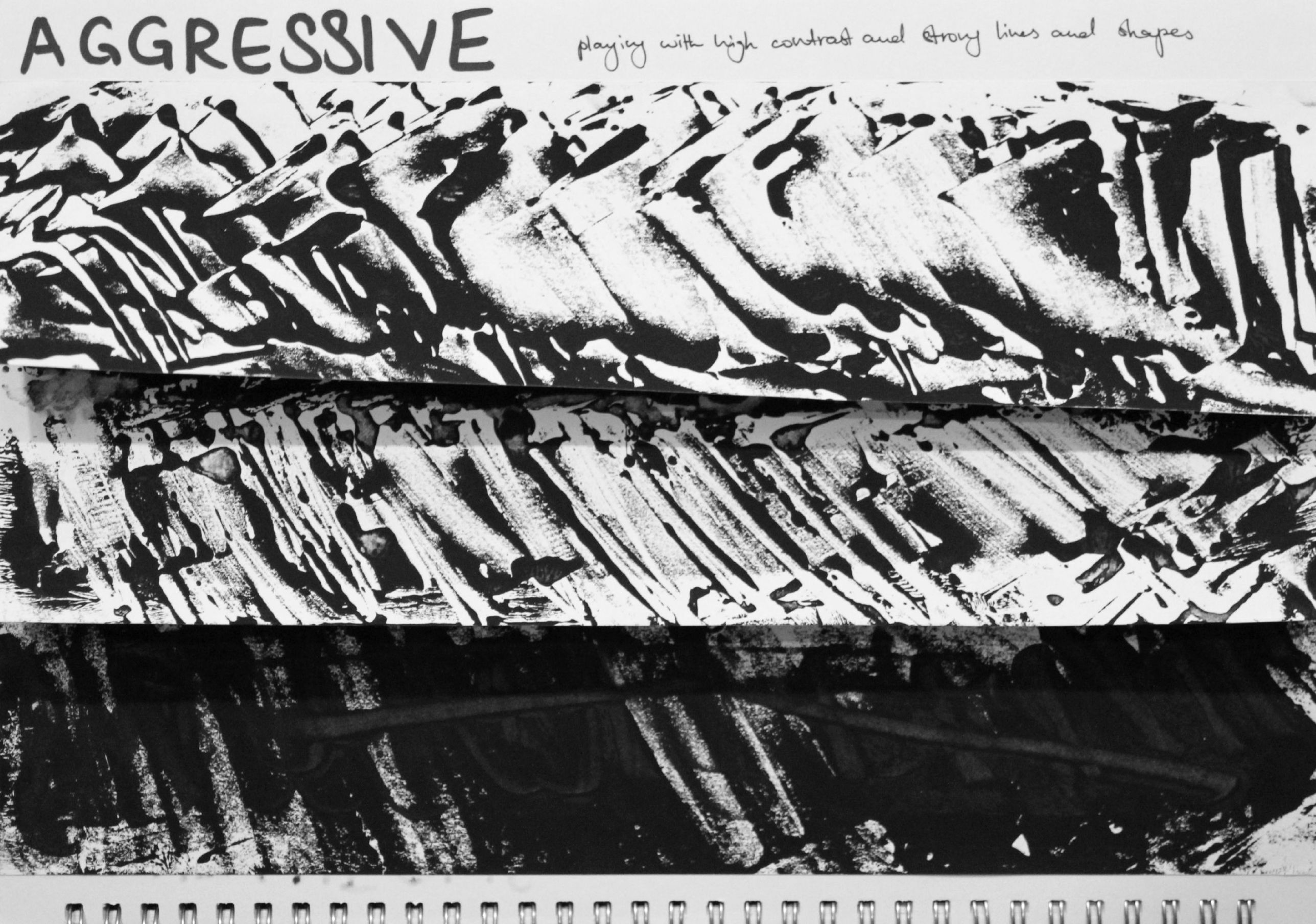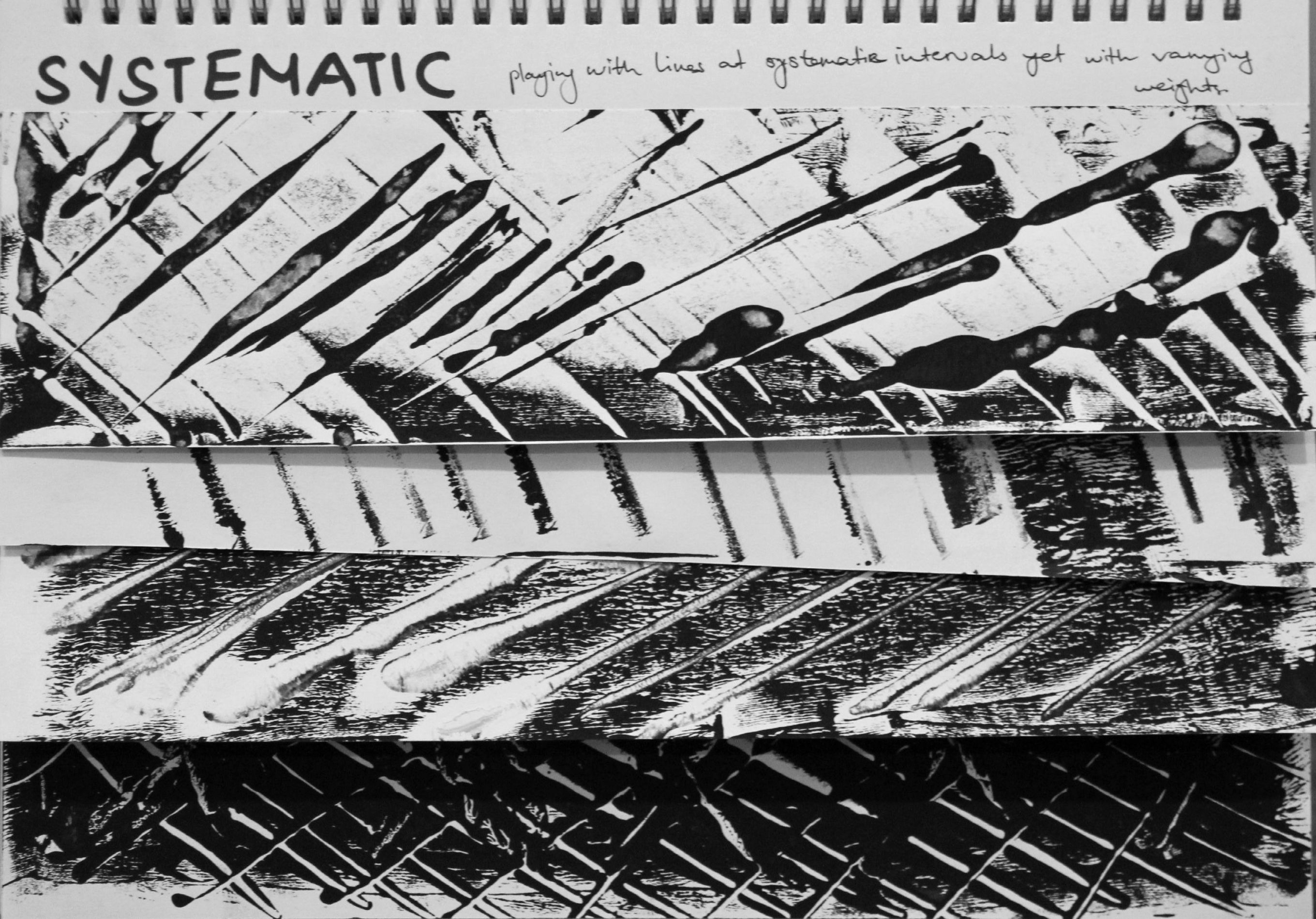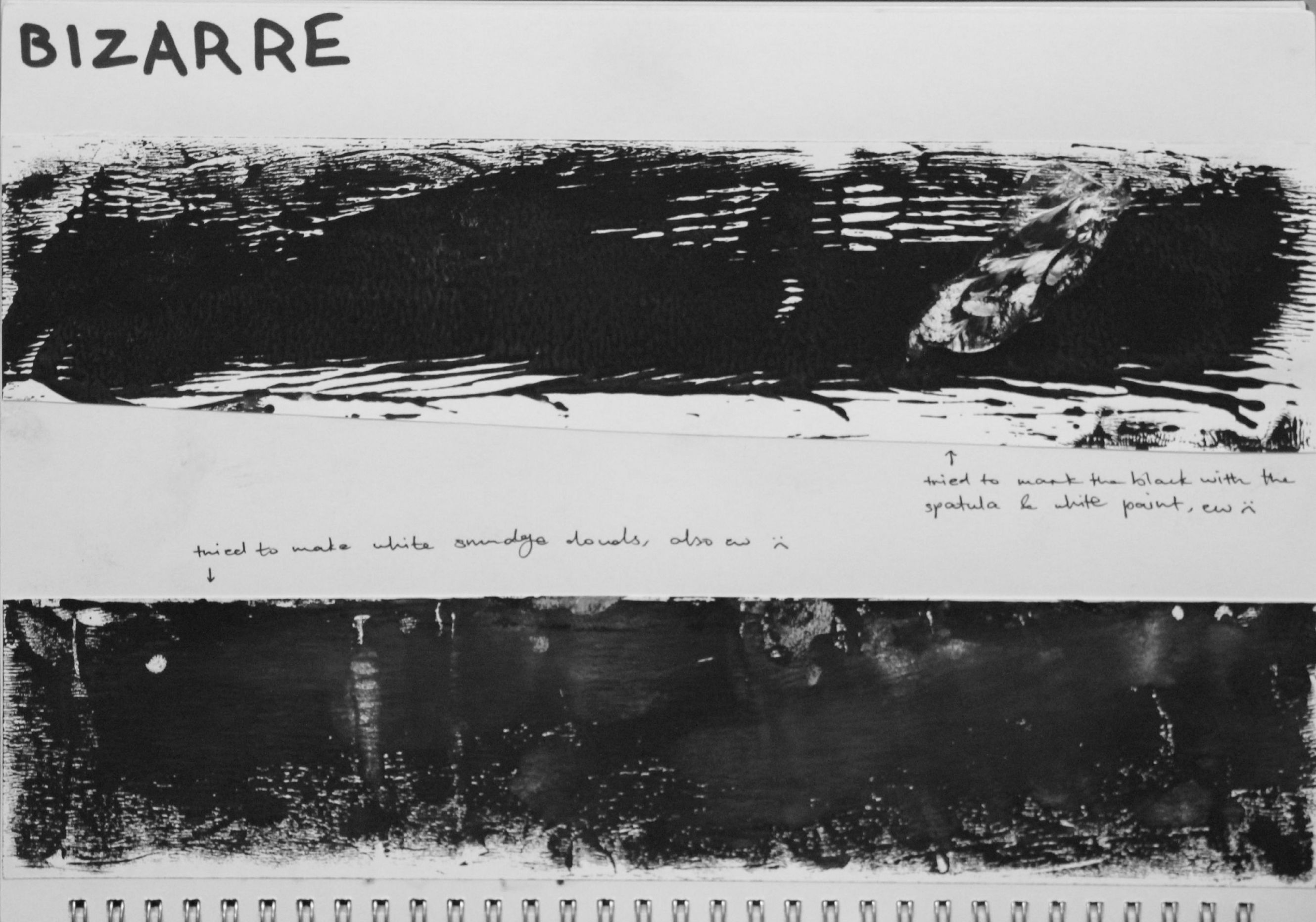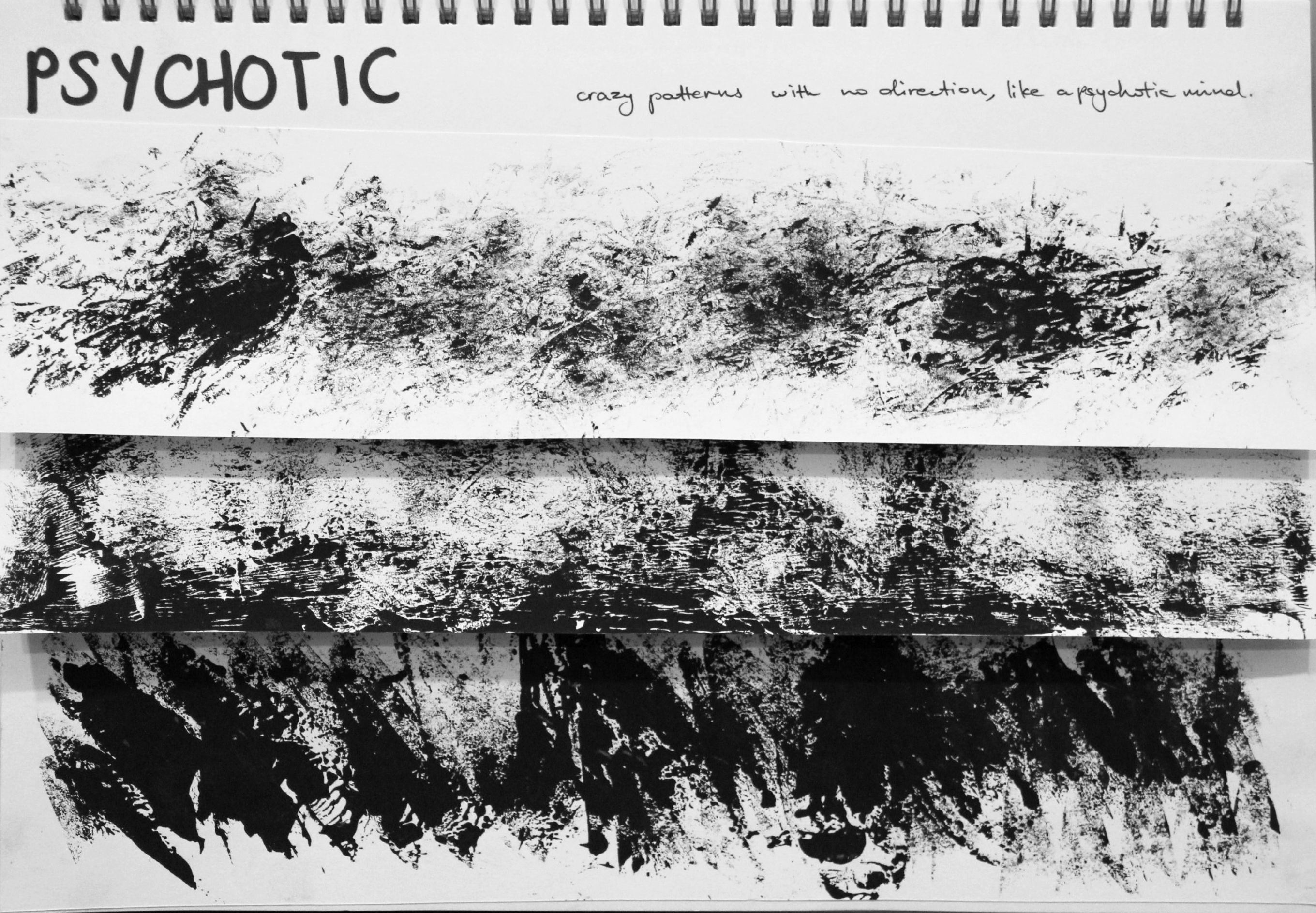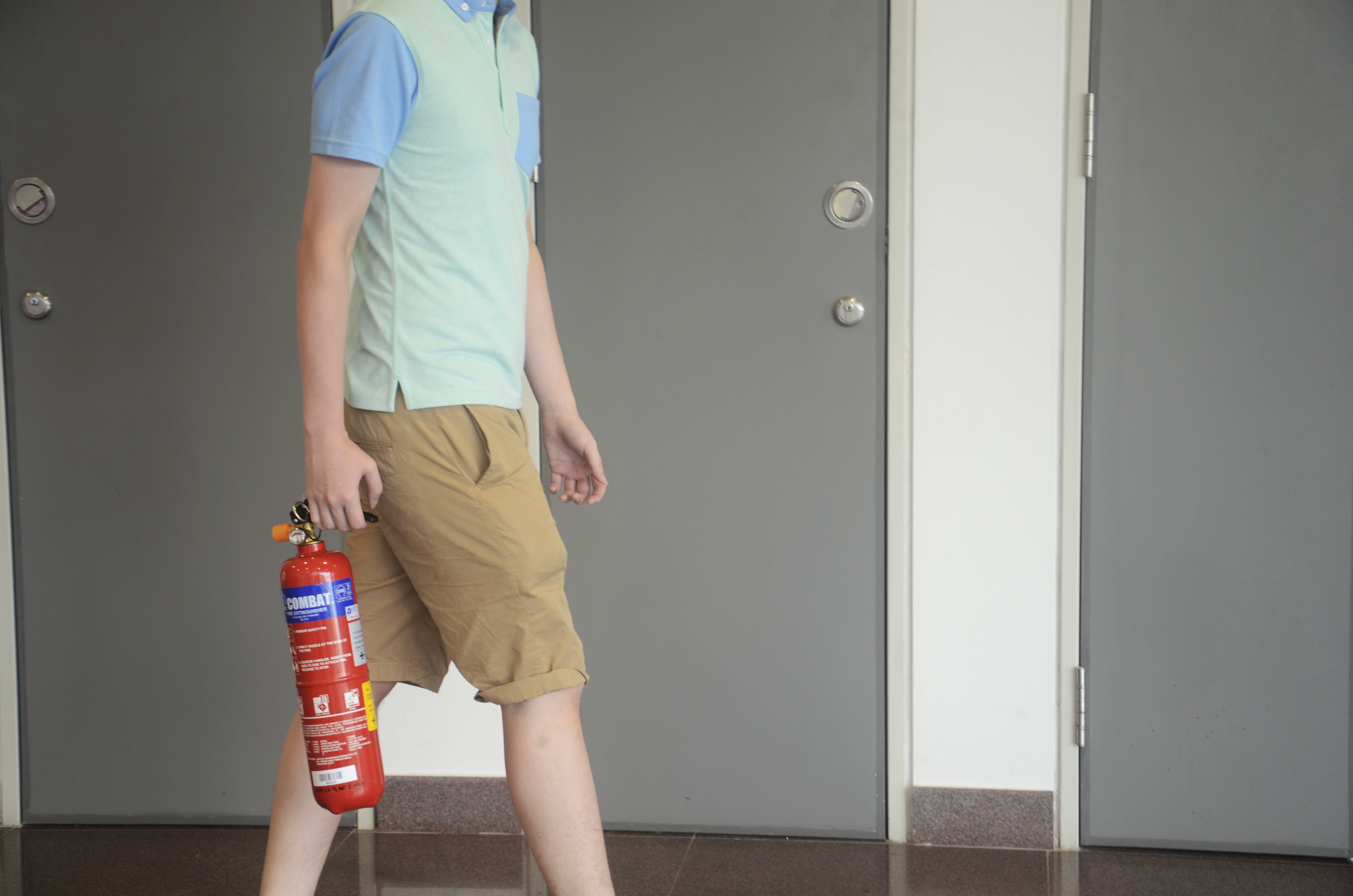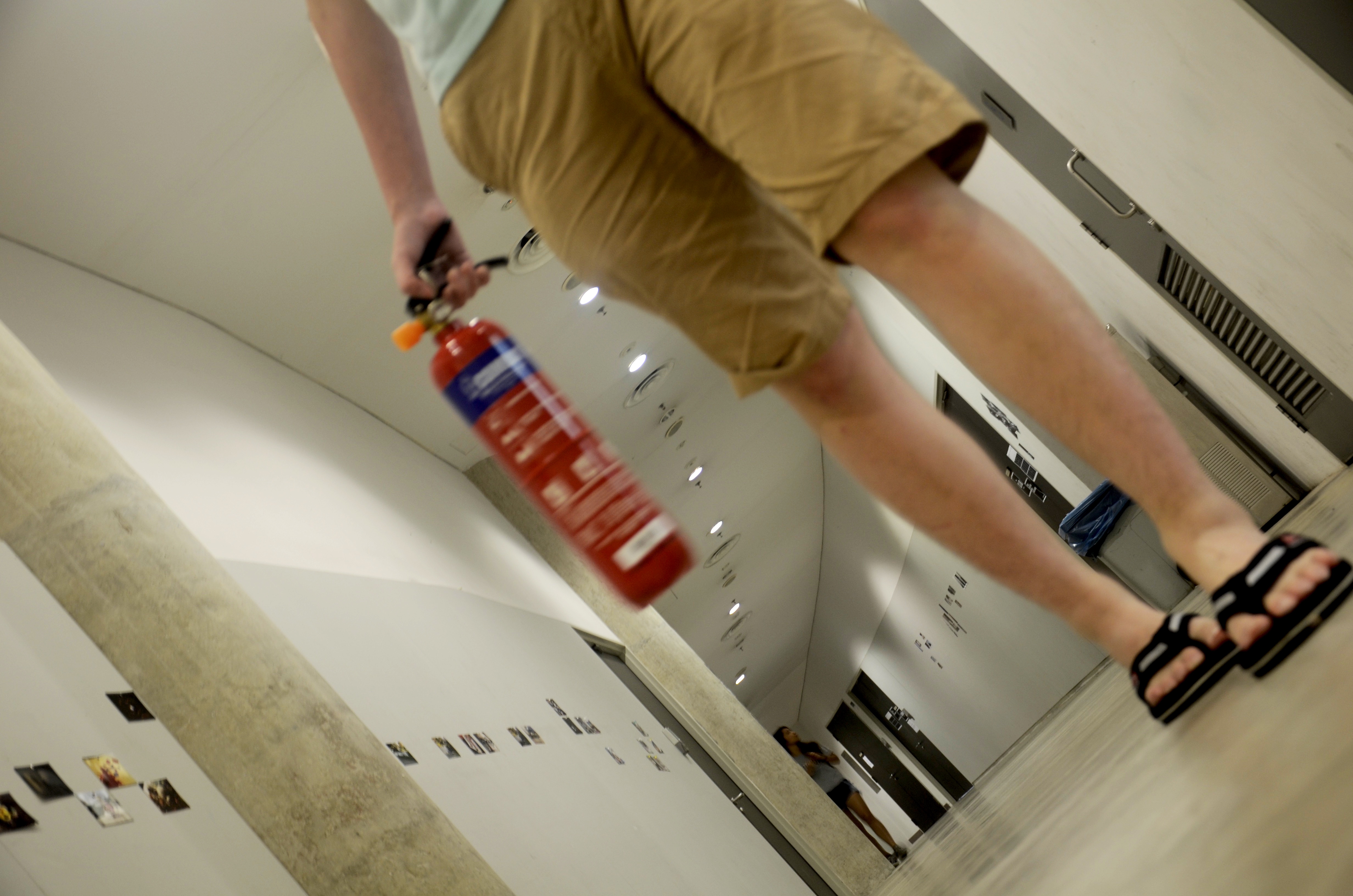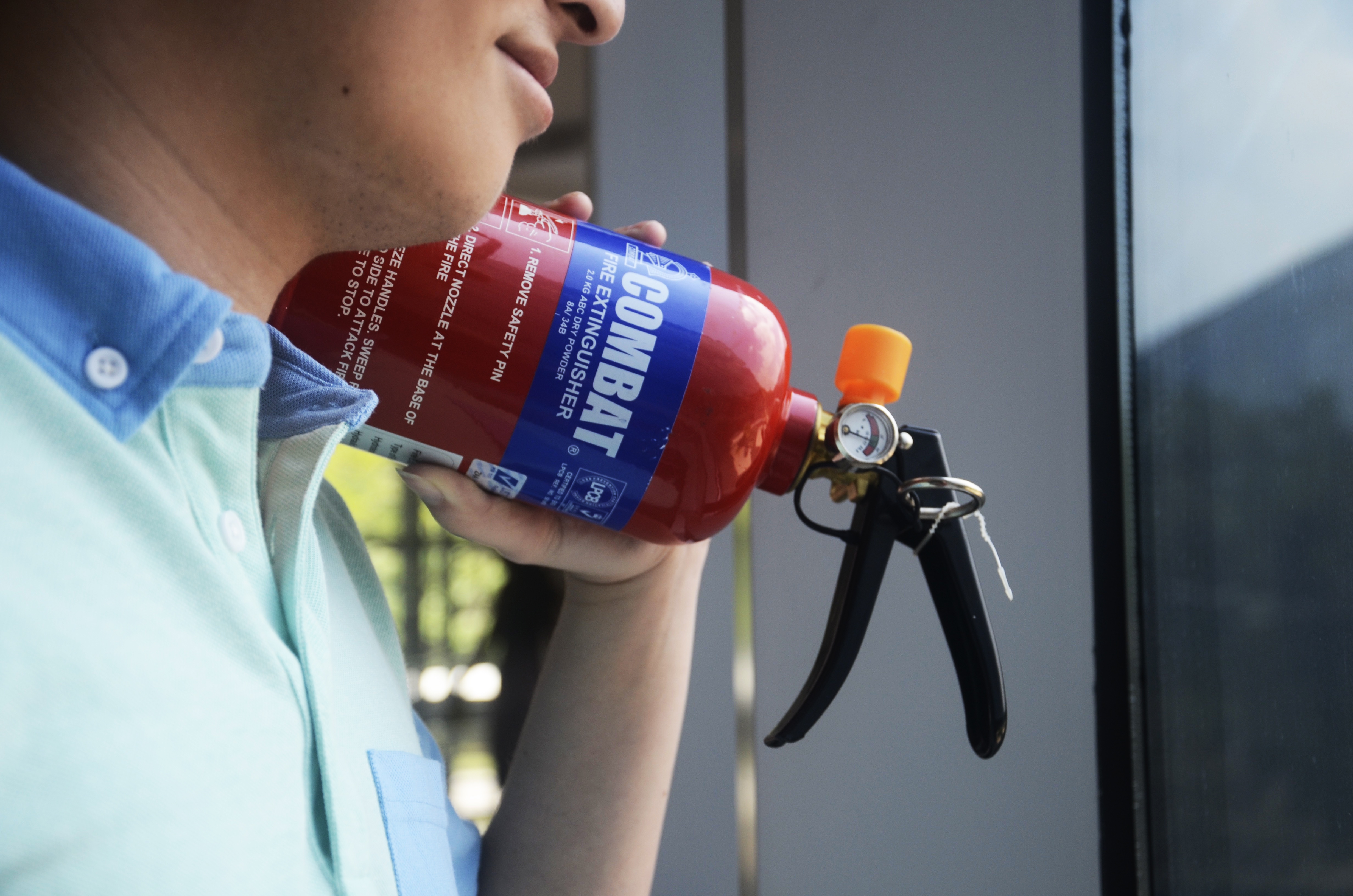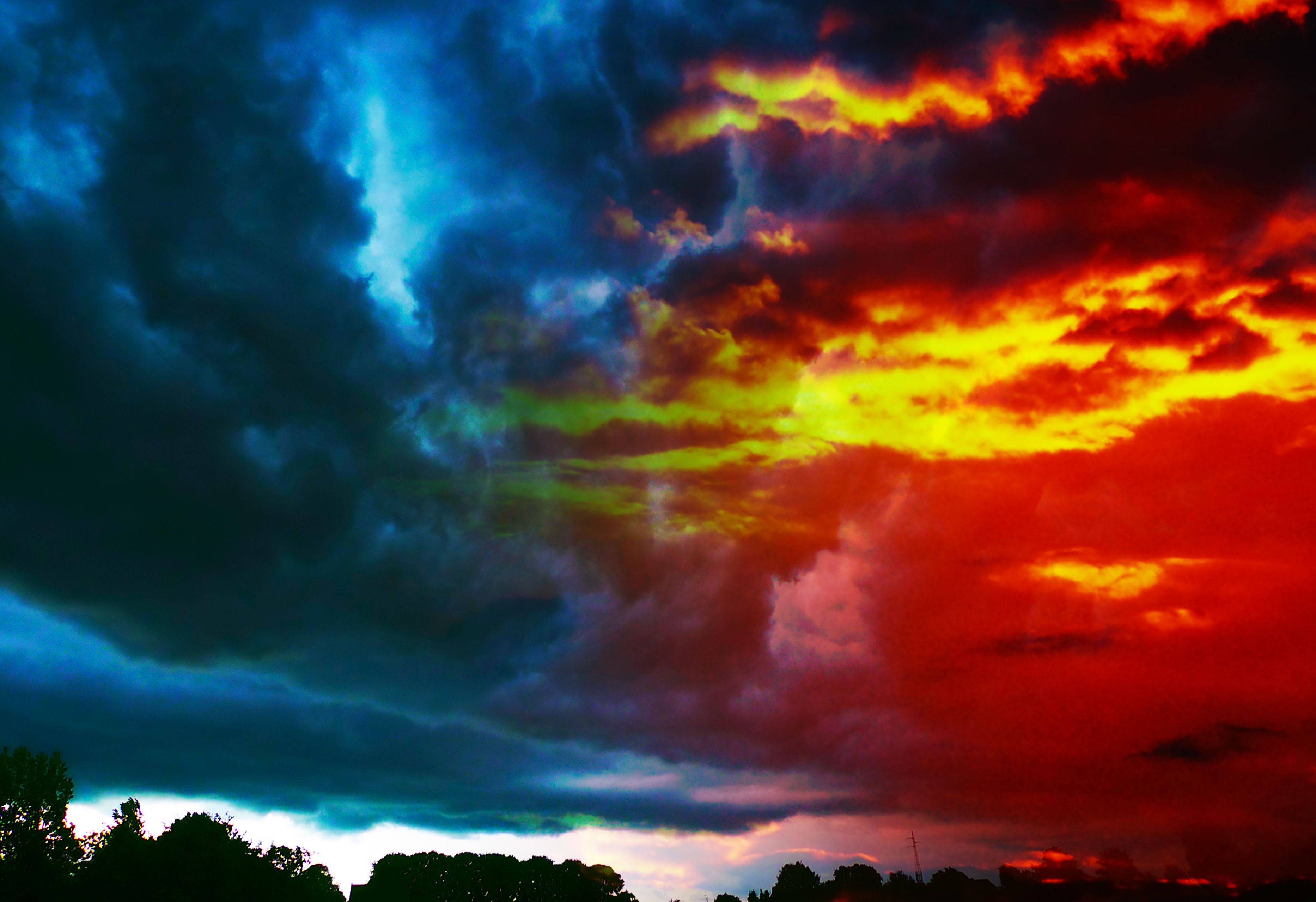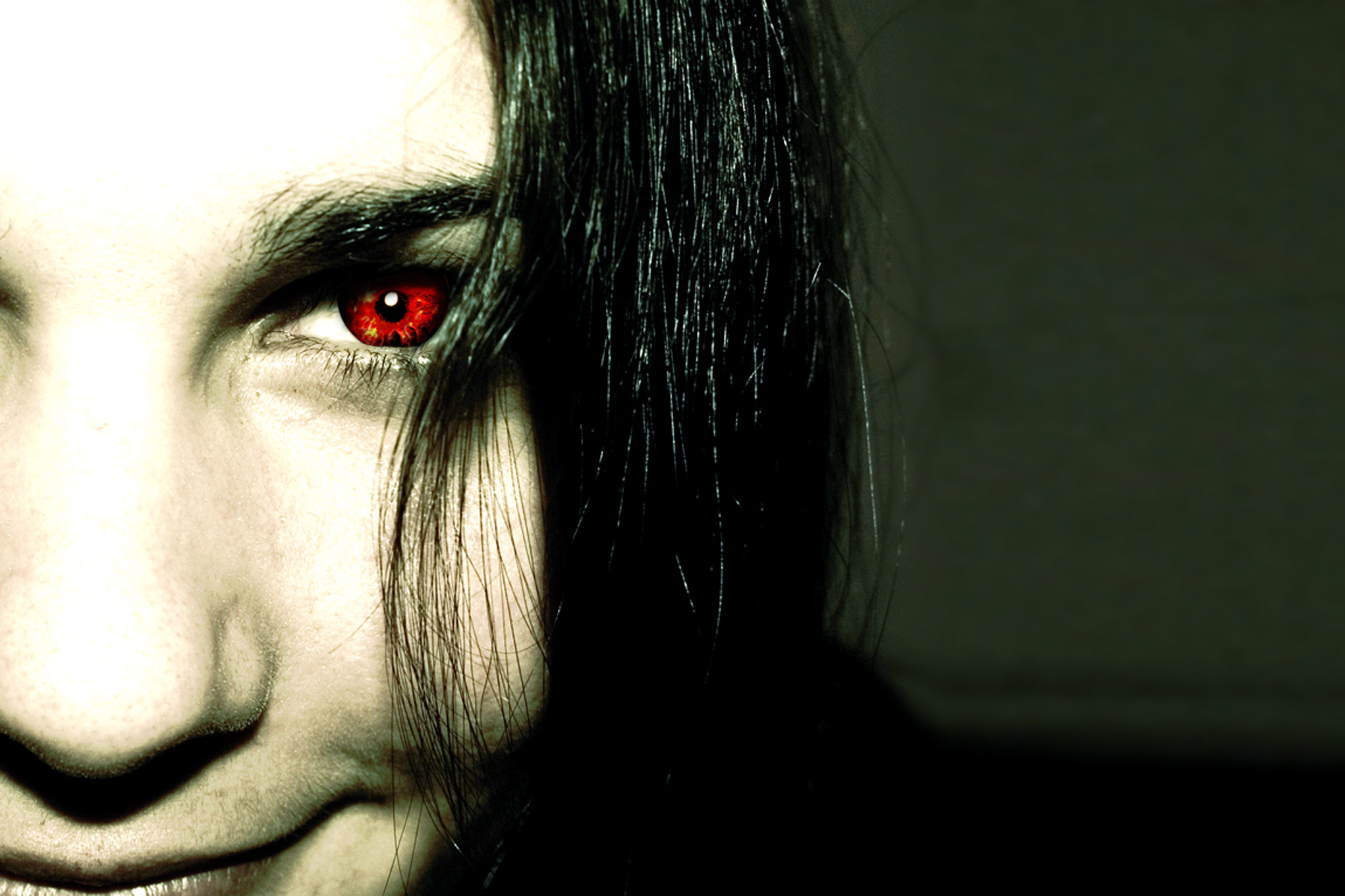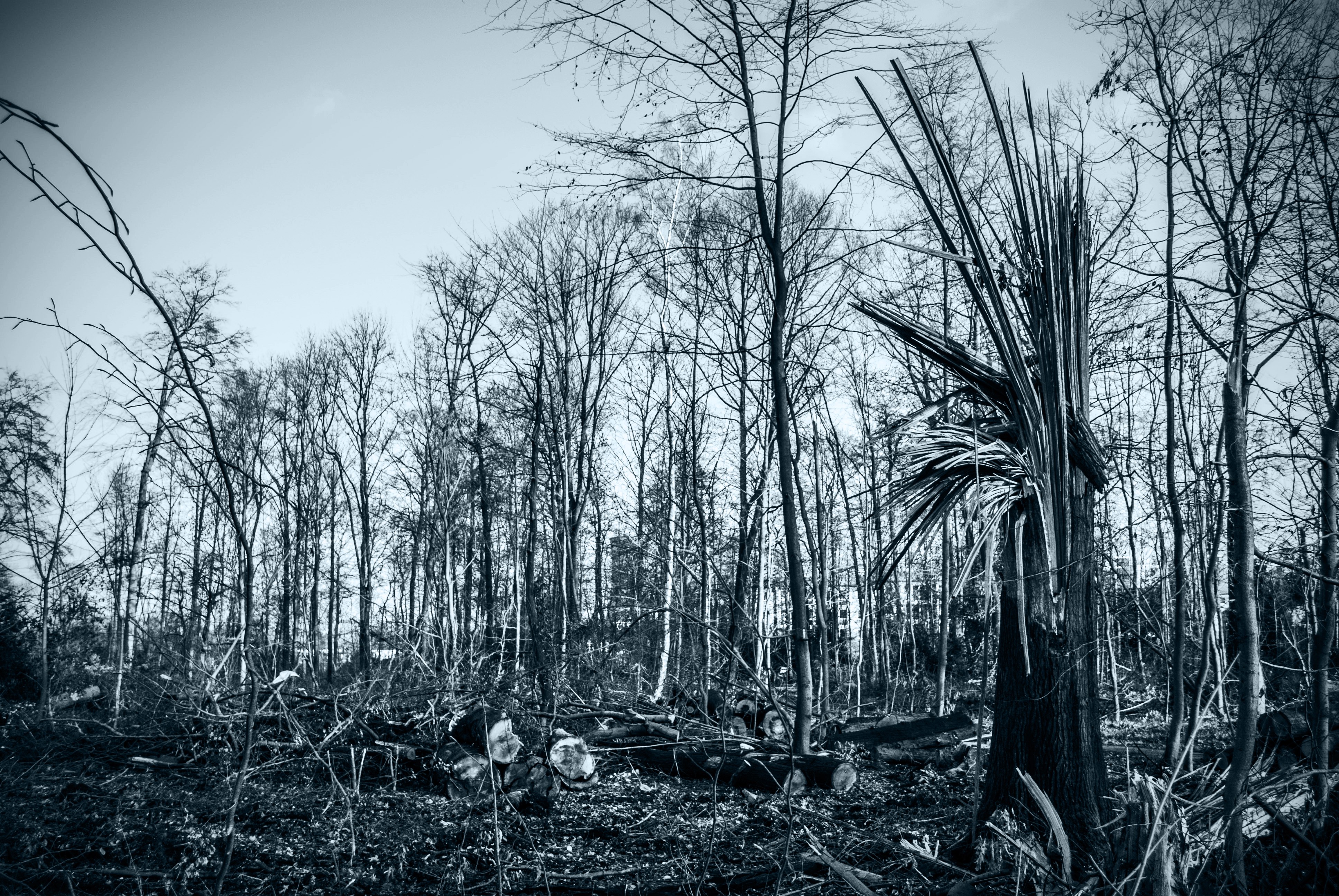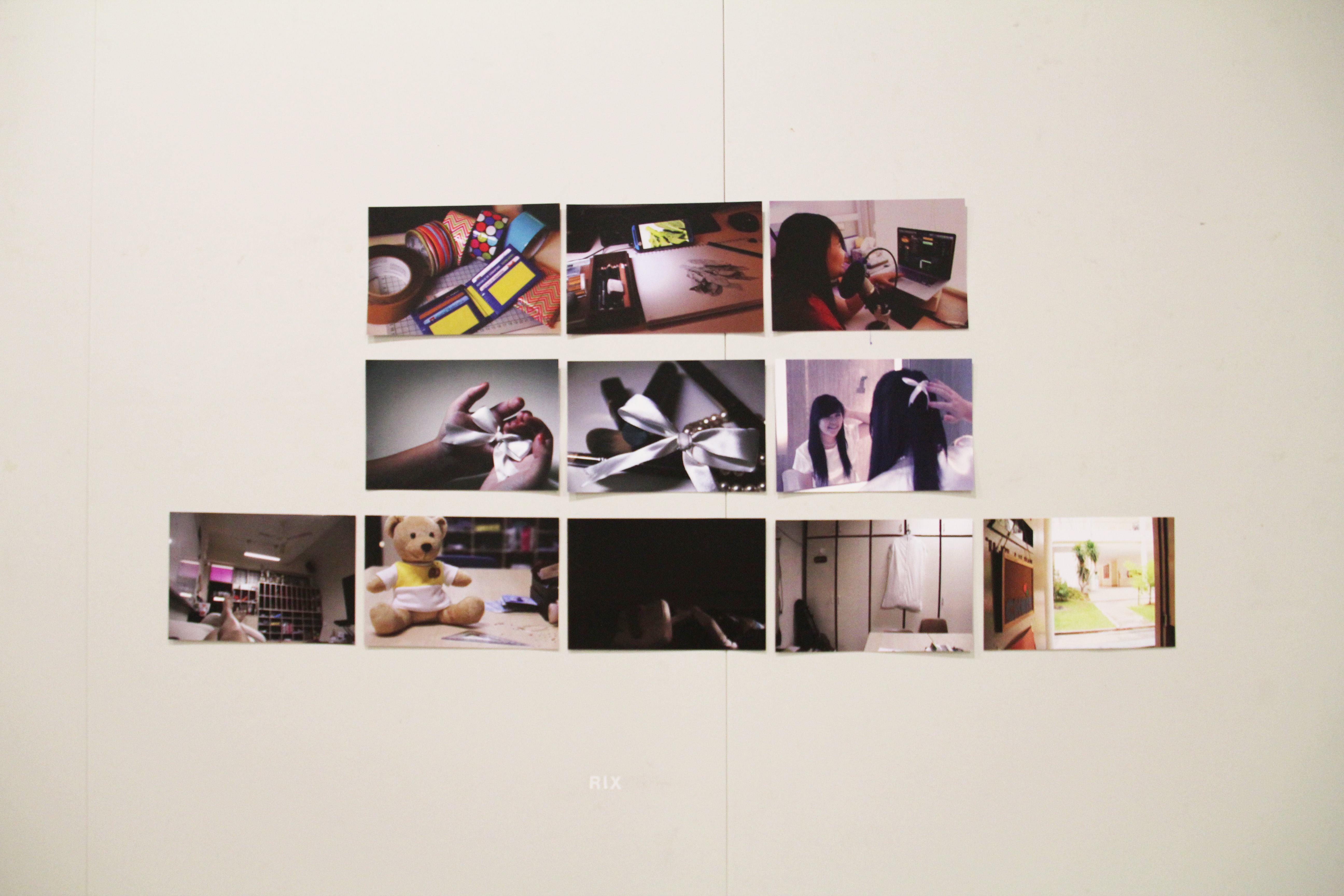
Task 1: Me
Task 1 shows hobbies that I like to do on a regular basis to relieve stress or to fill up spare time.
Me (1/3)
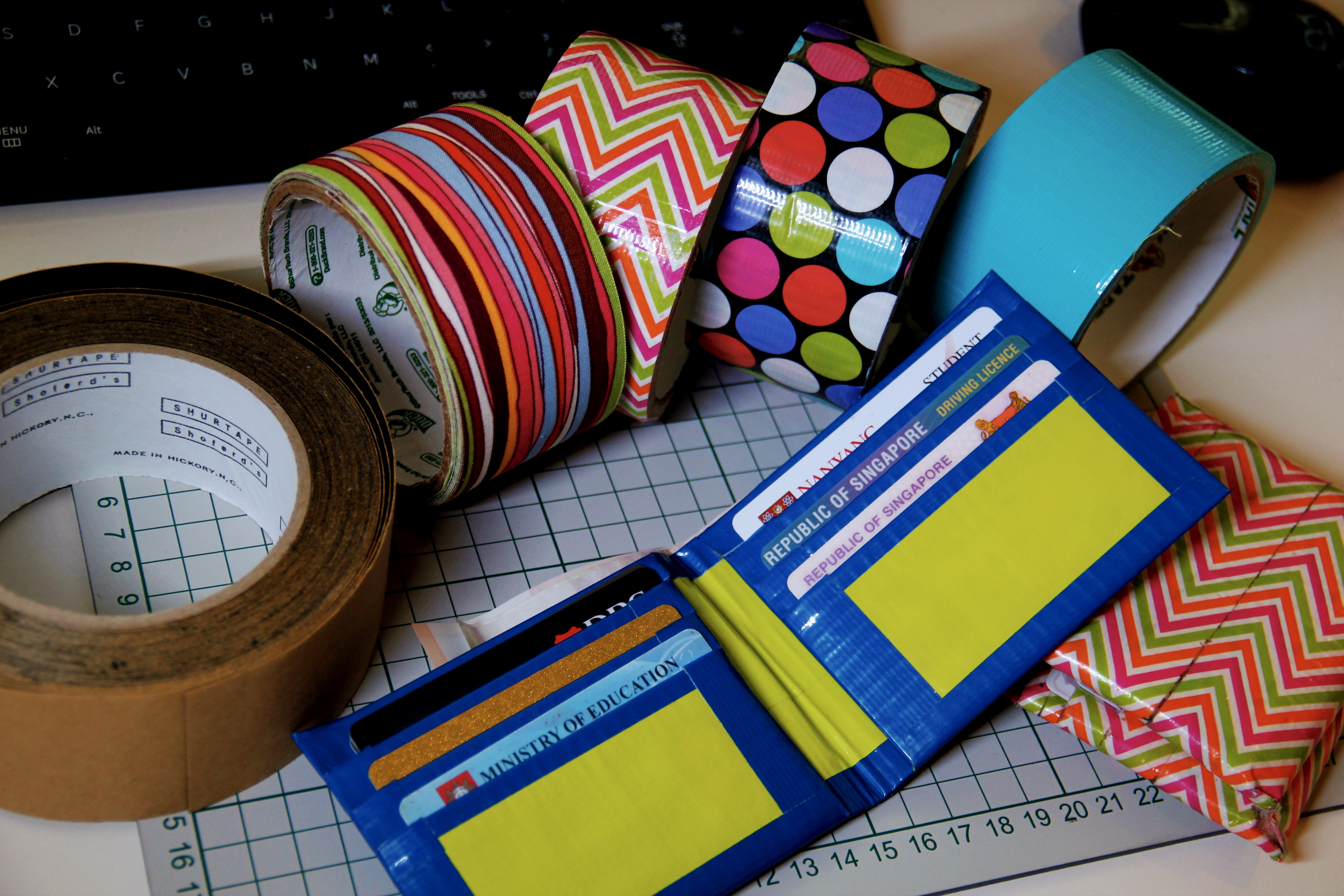
My first photo, Me (1/3), shows items that I commonly interact with while crafting.
Me (2/3)

Me (2/3) shows how my table looks as I sketch and draw.
Me (3/3)
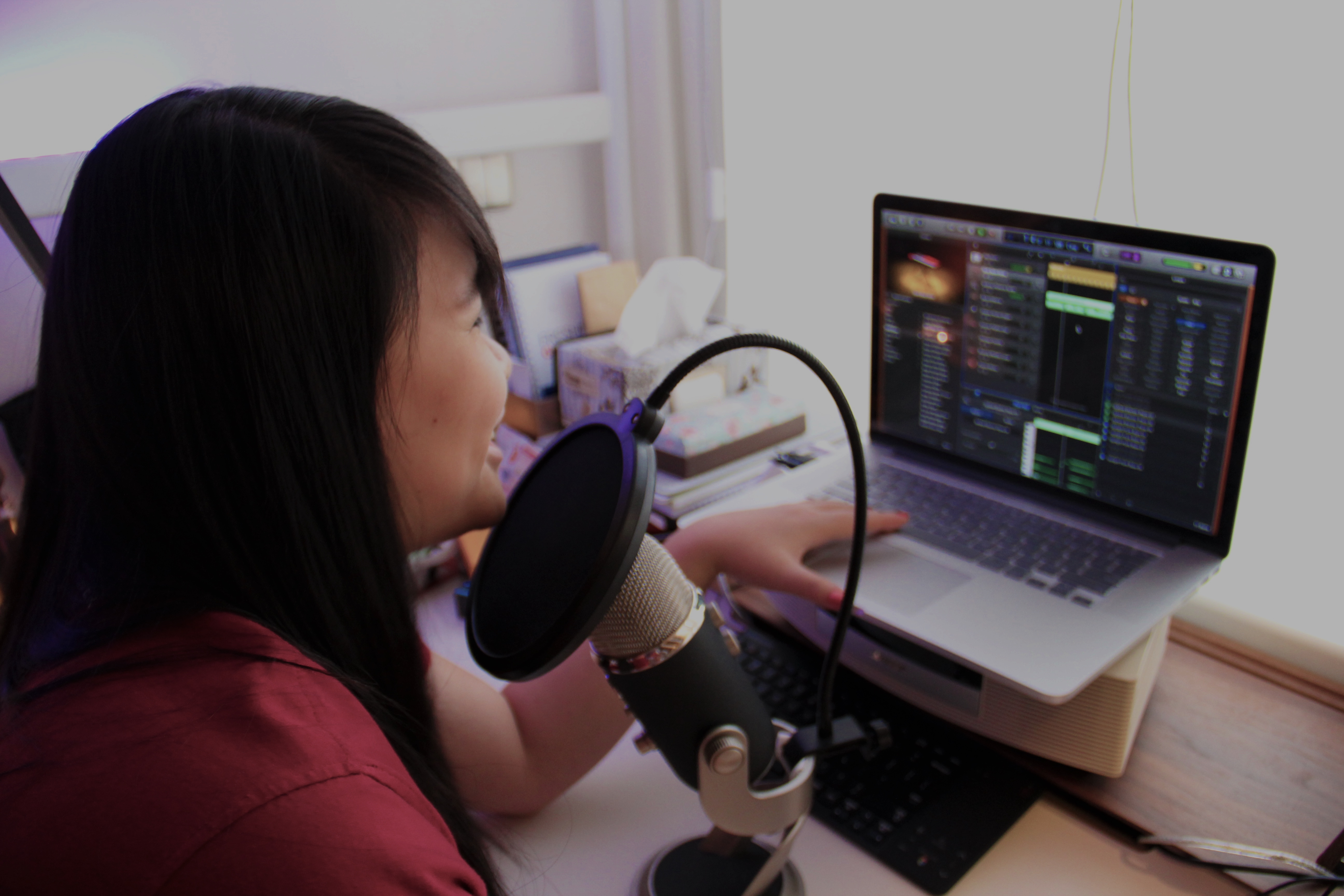
Me (3/3), showing me singing/mixing music and covering songs.
Task 2: Object and Representation of Self
The object I chose is a ribbon that is part of the Victoria Junior College Choir costume. I was in the choir from 2013-2014, and forged many important friendships and precious memories as a member.
Object and Representation of Self (1/3)
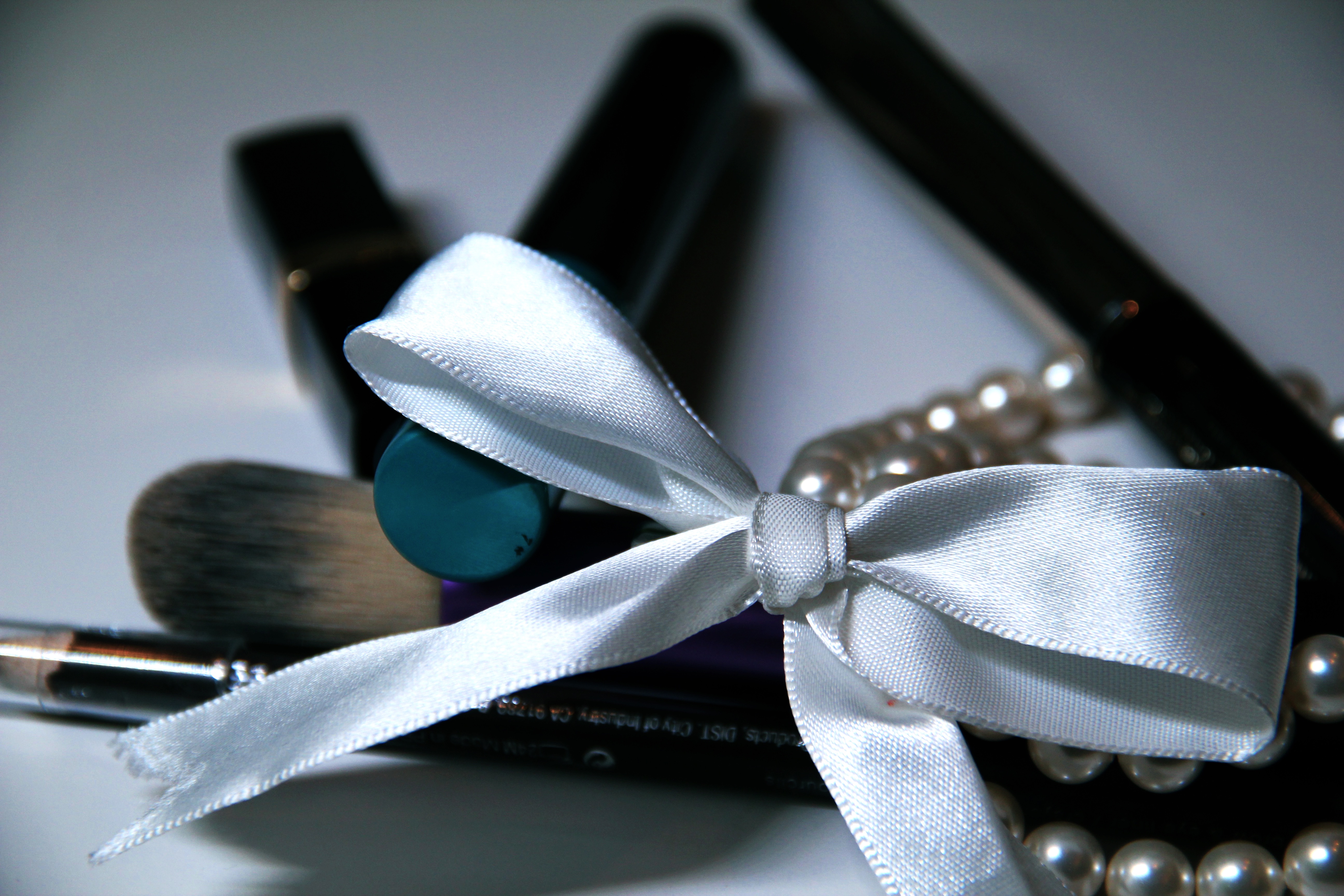
Object and Representation of Self (1/3), showcases the first step of getting ready for a choir performance: putting on make-up.
Object and Representation of Self (2/3)
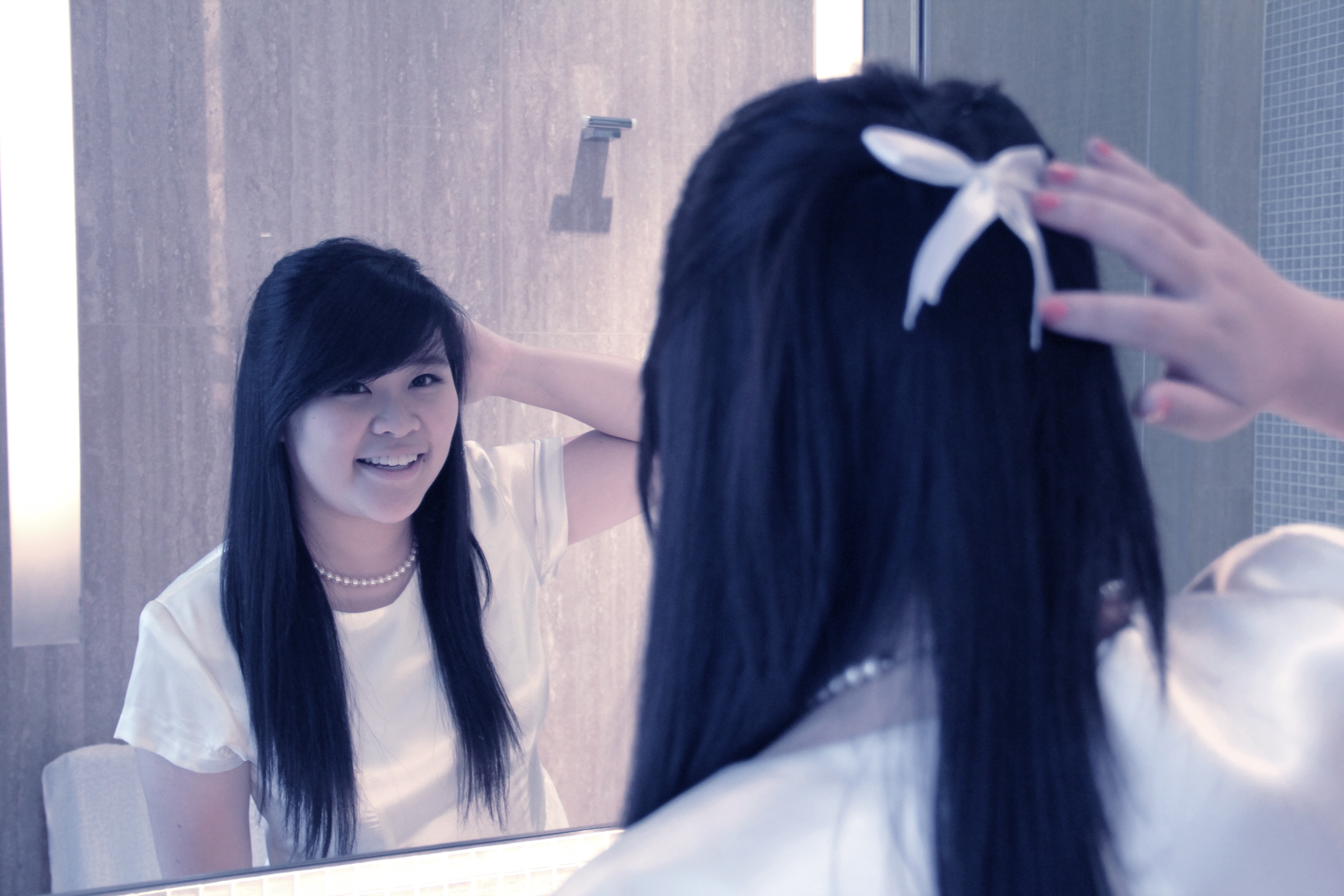
Shown is Object and Representation of Self (2/3), depicting the happiness I feel when donning the full costume before a big performance.
Object and Representation of Self (3/3)
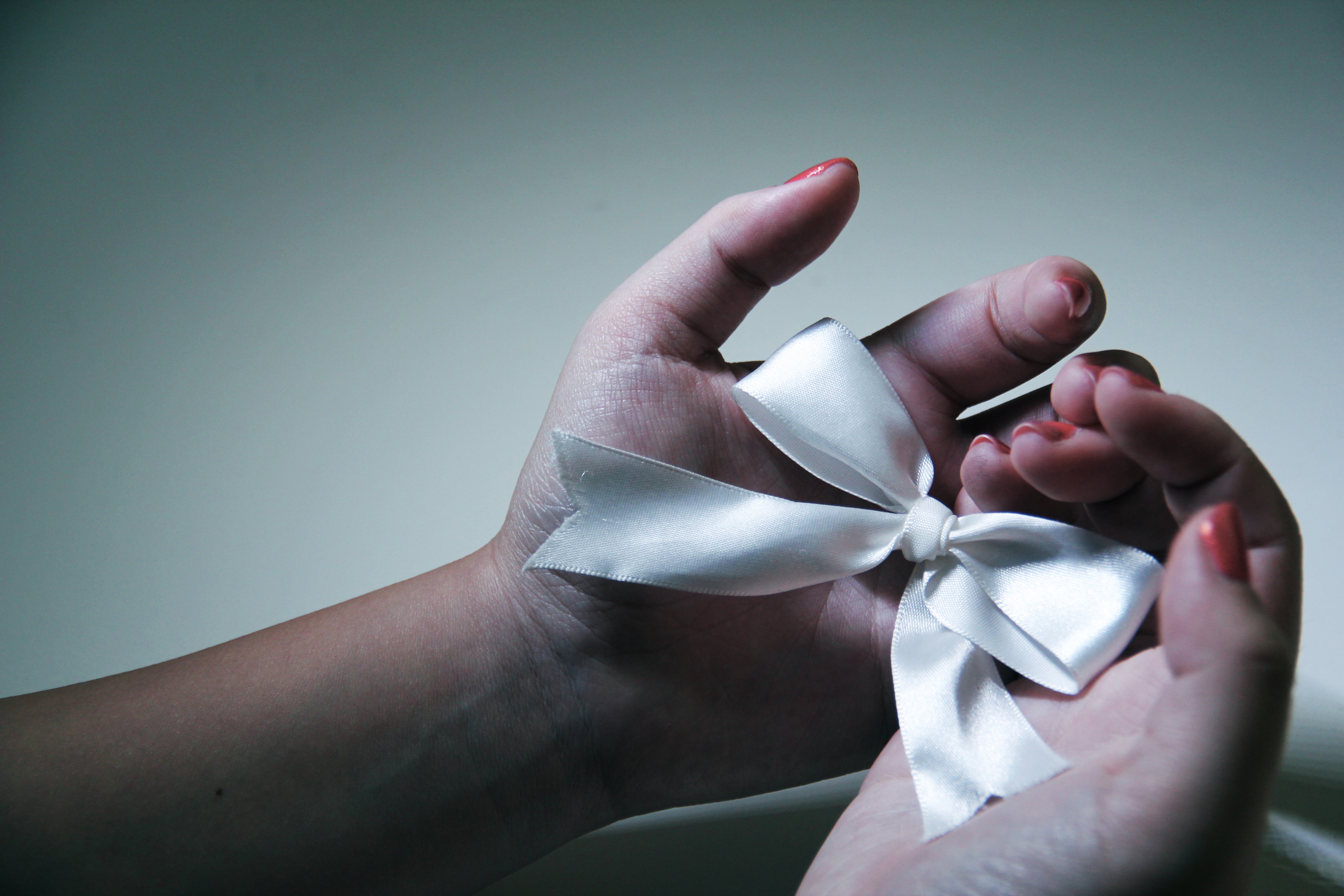
Object and Representation of Self (3/3), above, shows how I still long to be in the choir even though I have to let go. The emptiness in the background of the photo represents how nothing else can replace it in my heart.
Task 3: My World
The place I chose for this task is the Choir Room in Victoria Junior College. The Choir Room means a lot to me because it offered me a place of comfort and happiness during the tough times in JC, as well as a place to spend time with my closest friends.
My World (1/5)
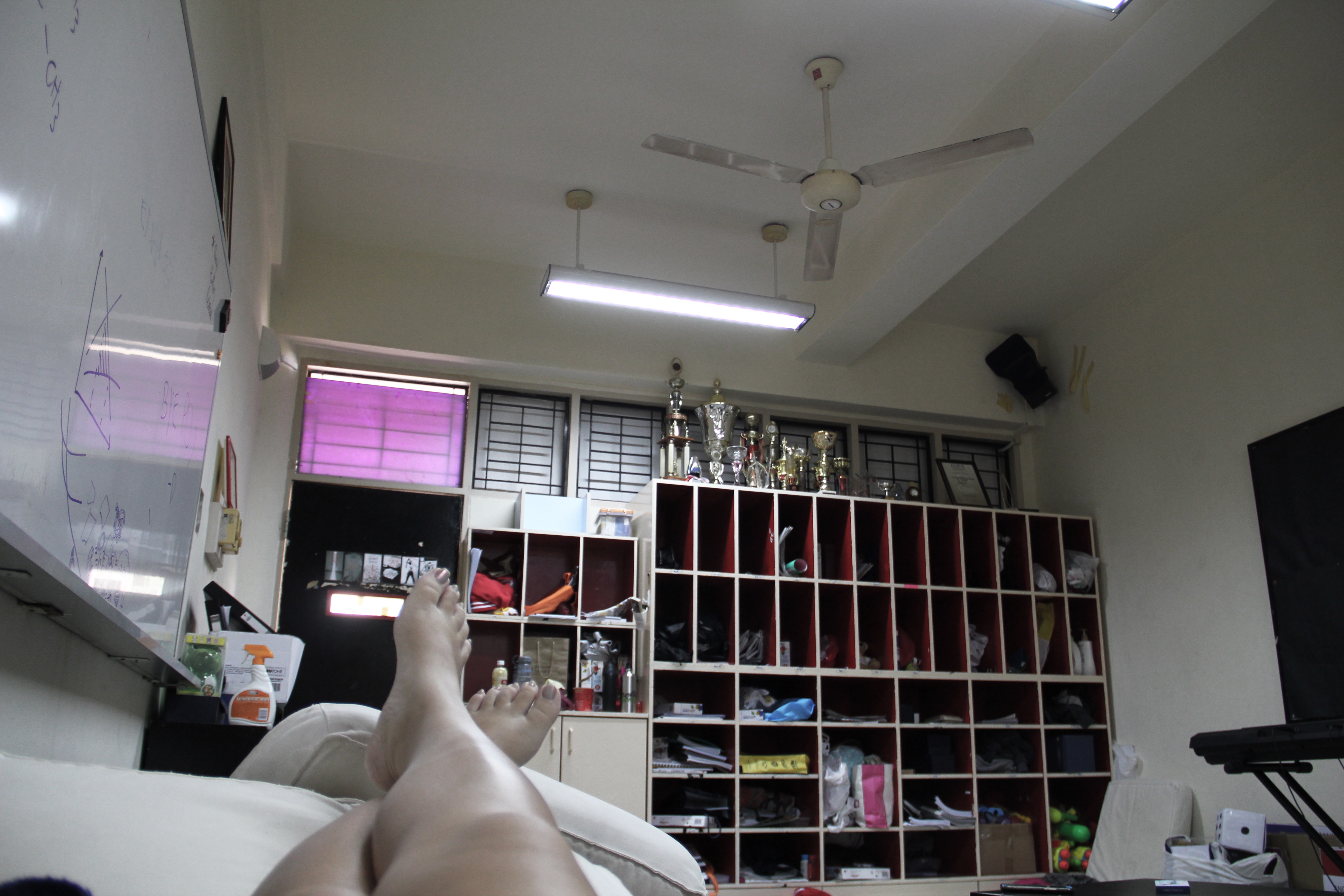
My World (1/5) depicts the scene you wake up to after taking a nap in one of the sofas in the room, a common activity for most of the members.
My World (2/5)
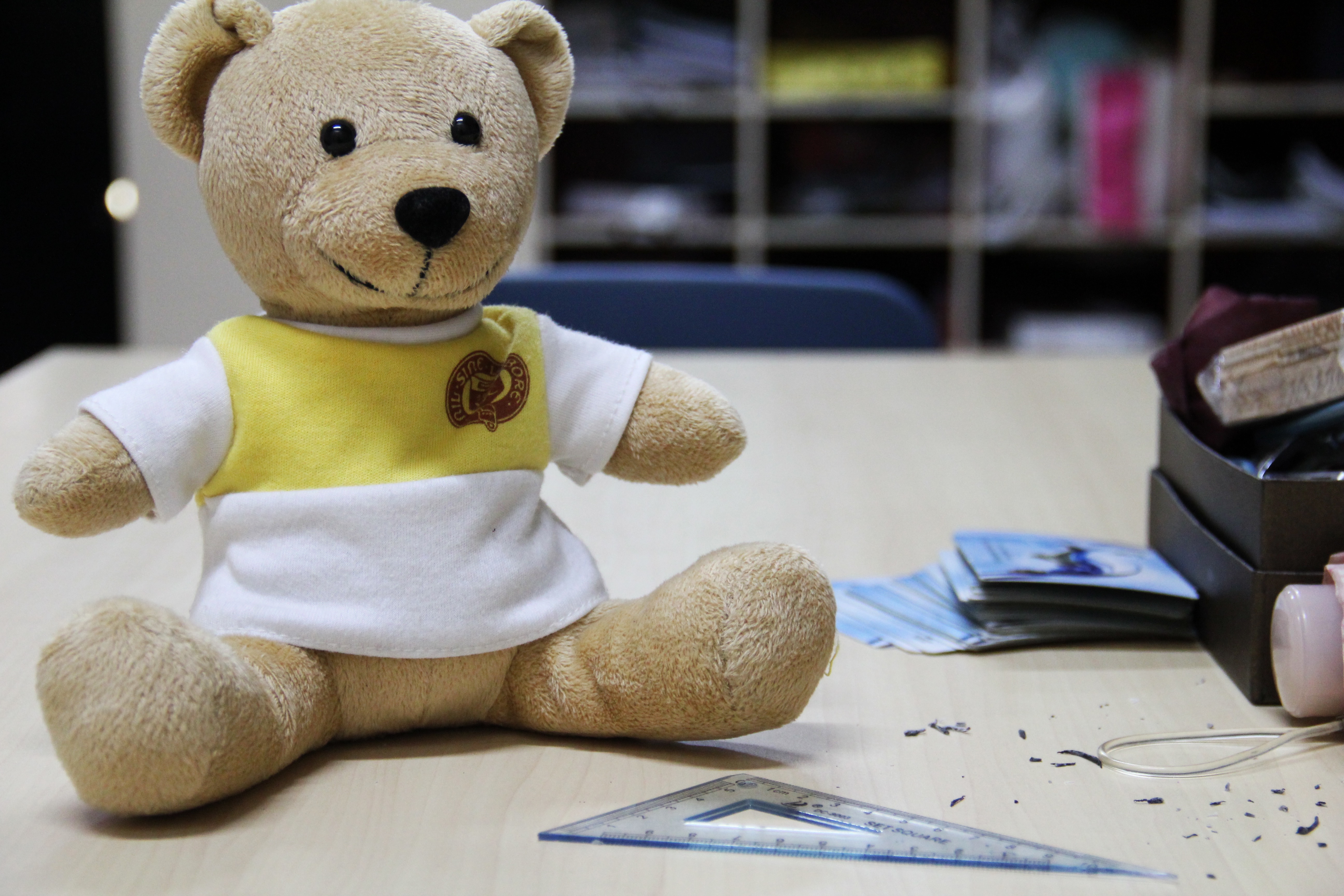
The teddy bear in My World (2/5) symbolises the comfort choir members can seek in the choir room. The deck of cards represents the fun and games that the choir members partake in while spending time together there, and the set square and eraser dust show that the room also serves as a place for study and learning.
My World (3/5)
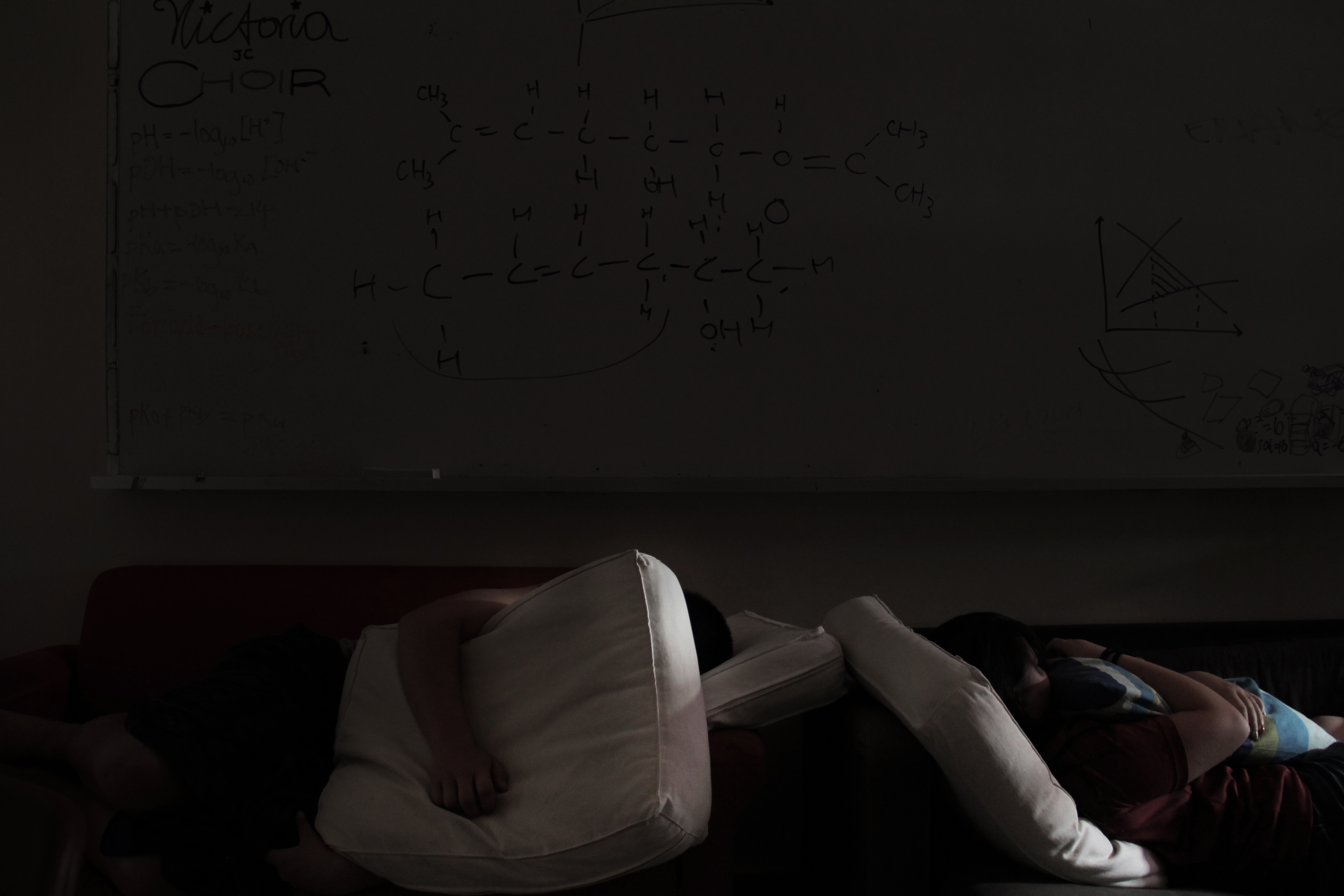
My World (3/5) shows the scene that you would see when the lights are out while people are resting. A gentle beam of light comes in from a slot in the door.
My World (4/5)
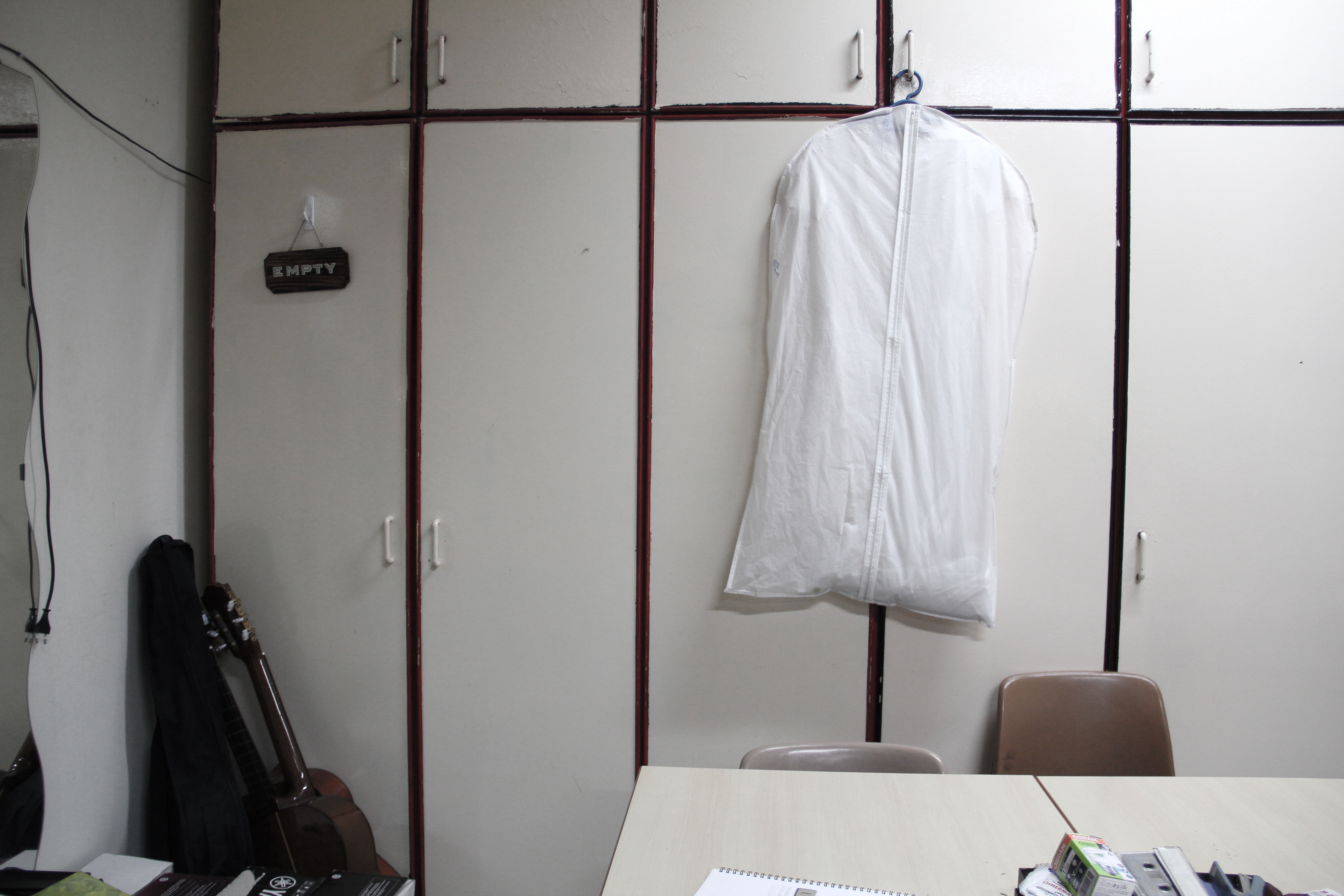
The storage cupboards, study table and instruments are shown here in My World (4/5). A section of the cupboards used as a changing room can be seen in the left side of the photo.
My World (5/5)
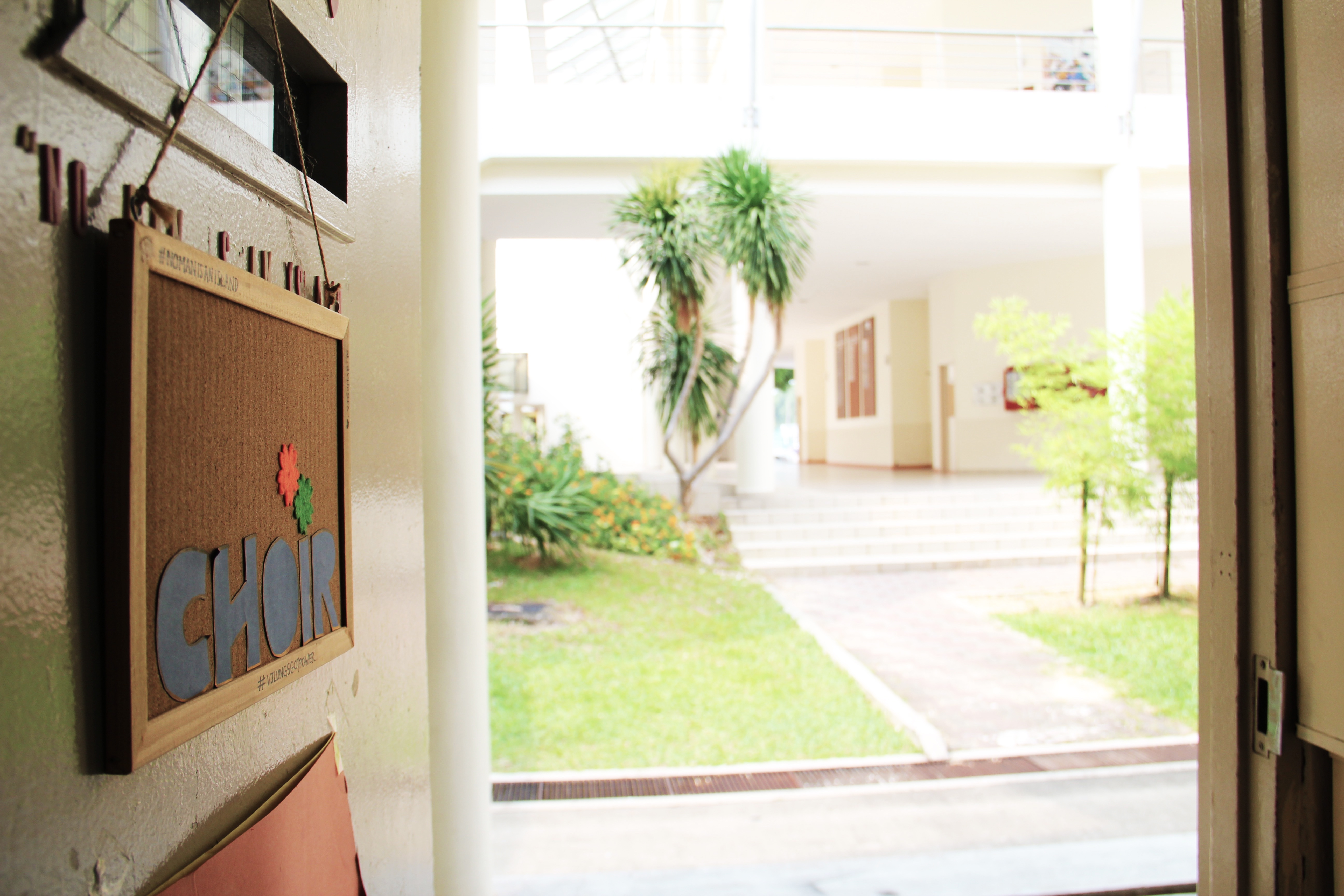
My World (5/5), shows the view as you step out of the Choir Room back into the school.
Reflections
Through this assignment I have learnt a lot more about photography than I previously knew, like good composition, focal points and lighting, and how all of these things can be changed during editing in Photoshop. I have also learnt many things about myself and how I feel about VJChoir. I’ve always taken my membership of the choir for granted and didn’t realise how much I did not want to leave.

